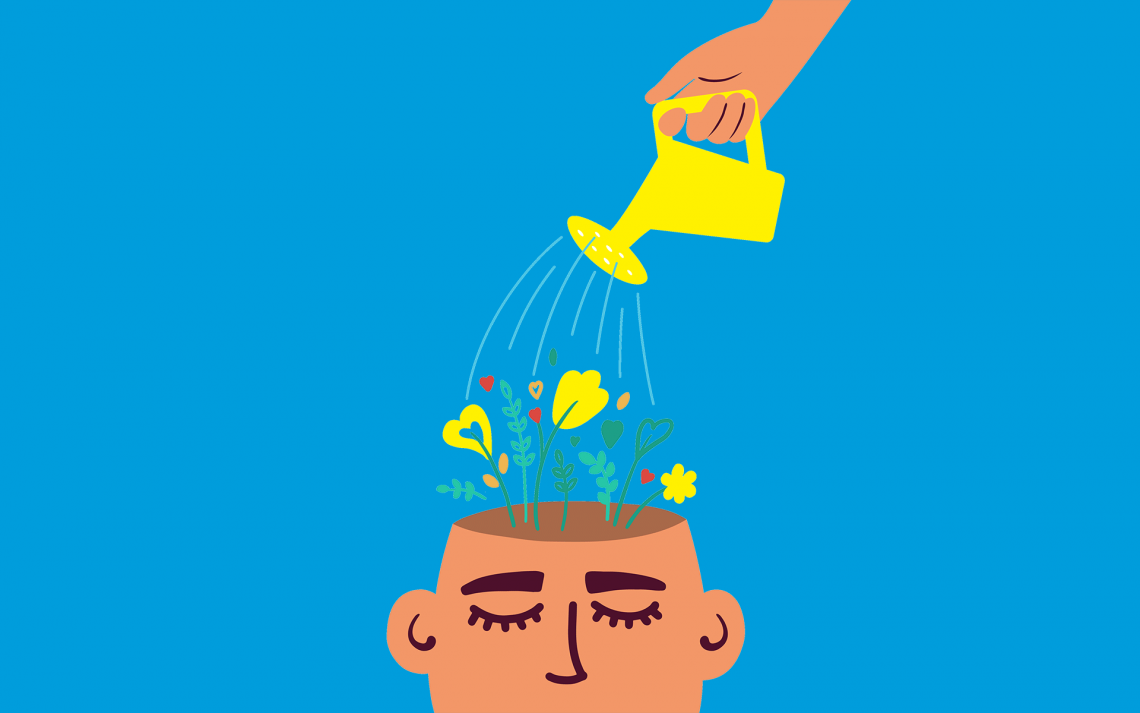“Burnout”, recognised by the World Health Organisation (WHO) as an “occupational phenomenon” is a result of “chronic workplace stress that has not been successfully managed.”
Last year I participated in a panel discussion in Brisbane, to address the topic of Overcoming Burnout. And more specifically, what small to medium-sized accounting firms can do to prevent their workforce experiencing burnout.
Regardless of which industry you work in, with the recent challenges we have all faced, it’s quite possible that at some point or another you have been directly or indirectly impacted by burnout. Naturally, your mind has probably gone straight to the elusive concept of needing to achieve a greater work/life balance. Sounds easy right? But the fact is, with so many moving components to our lives, it rarely is.
There’s no denying that work is important, and so are the things that fall outside of work hours; they both give us purpose and meaning and contribute to our overall wellbeing. One could argue that work and life are in fact on the same side, which means they rise and fall together. This was highlighted in a recent article by Fortune.com where they look at replacing the concept of work/life balance with the term ‘life-work integration’. Essentially, this concept suggests that if you were to increase your wellbeing at home then subsequently, you’ll also be more effective at work.
No matter how you want to phrase it, when it comes to the concept of finding a balance between your work and home life, it isn’t necessarily a matter of prioritising one over the other. But rather, focusing on your overall wellbeing and working smarter, not harder to ensure your priorities are met at both.
It has been a relentless few years, and businesses and employees alike have no doubt felt the strain – mentally, emotionally, financially, and possibly even physically. It is therefore understandable that Wellbeing is amongst the top priorities for HR leaders in 2022. As the Fortune.com article outlines, some forward-thinking companies are now rethinking their approach to wellbeing, with it no longer being considered just a perk, but rather embedding wellbeing into their workflows as a guiding set of principles to design their days around.
This entails being clear on what your employees’ work/life priorities actually are (their non-negotiables), that allow them to bring their best selves to the office each day. As human beings we are all different, so it goes without saying that our non-negotiables are likely to vary too. Perhaps you favour flexibility, shorter and more regular breaks, not having to work overtime, or a schedule that allows you to have more time for family and/or hobbies. As you age, your priorities may change, so it’s a good exercise to check-in and be honest with yourself from time to time on where your priorities lie.
Once you know what your own set of priorities are, it’s important to focus your attention on the things that are within your control. For example, is it essential that you respond to that email late at night, or can it wait until the morning? Is it essential that you arrive early to work every day, or can you introduce a morning ritual that helps you to focus better throughout the day?
As a small business owner myself, I am very familiar with that mentality of not being able to switch off. But, we are fortunate to work with some amazing clients who are all specialists in the topic of Wellness, each in their own right. So, throughout the month of April we thought we’d try something a little different with the help of our trusted wellness experts.
We have joined forces with a handful of our favourite Wellness centred clients to share their wisdom, but to also challenge ourselves to rethink what work/life balance means to us. We’ve asked each client to answer the following questions, and we encourage you to do the same.
- How important is work/life balance to you?
- What does work/life balance look like to you?
- If you could give one tip to someone struggling to find their own work/life balance, what would it be?





